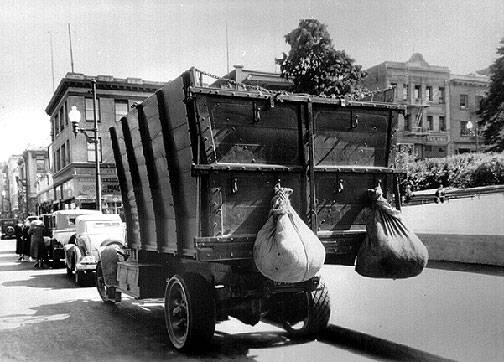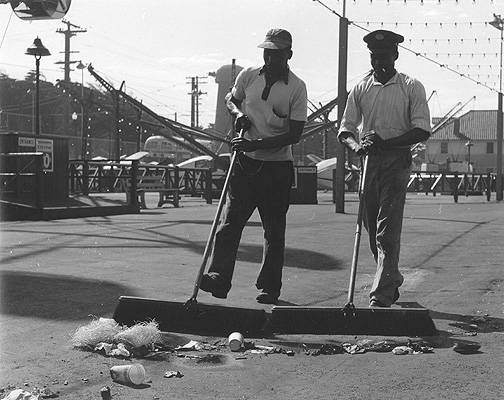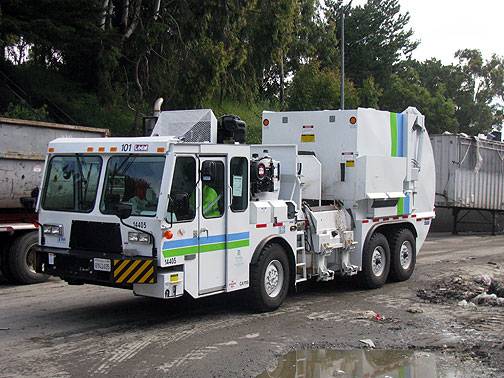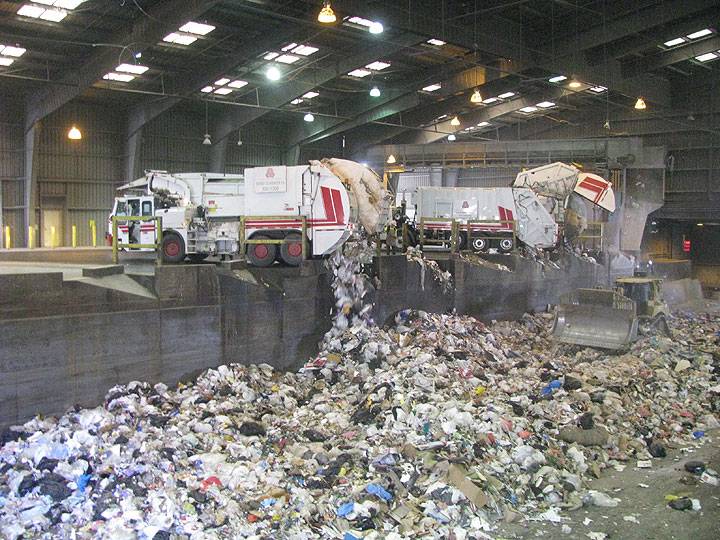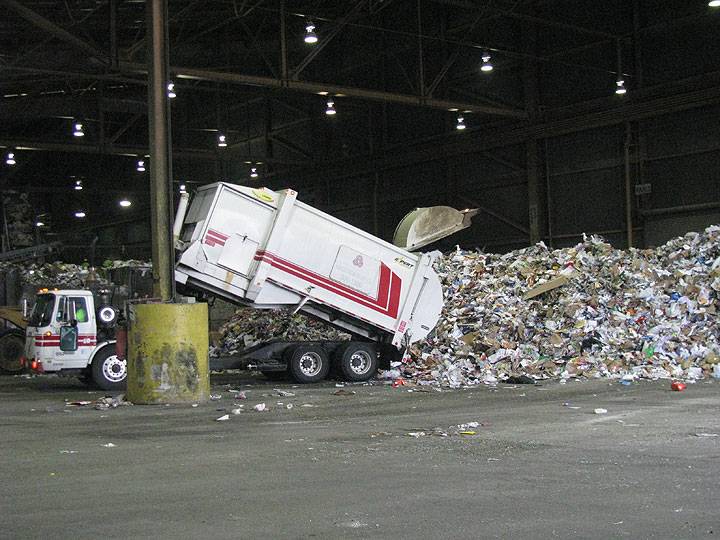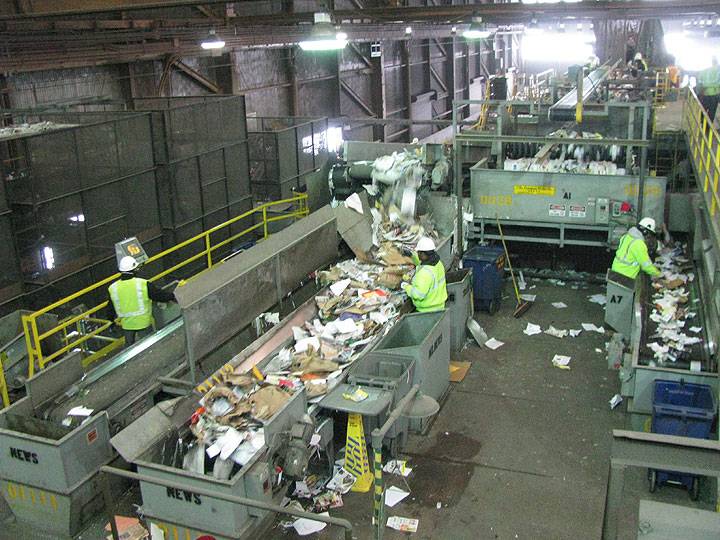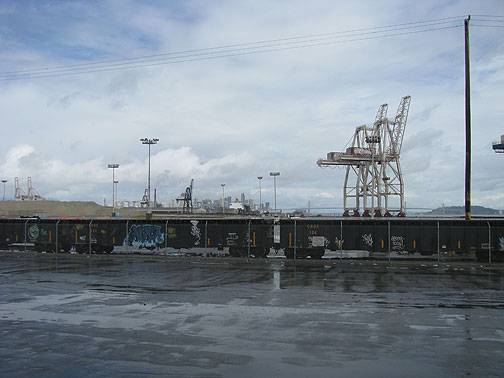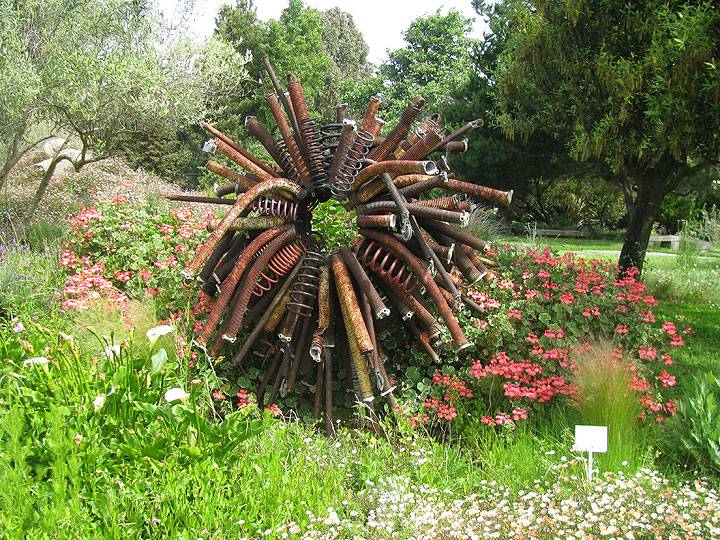San Francisco's Trash: Difference between revisions
(added category Waste) |
(fixed video code) |
||
| (One intermediate revision by the same user not shown) | |||
| Line 3: | Line 3: | ||
''by Chris Carlsson'' | ''by Chris Carlsson'' | ||
'''Interview with Ruth Gravanis, longtime board member of San Francisco Tomorrow, summer 2010, part of the Ecology Emerges collection.''' | '''Interview with Ruth Gravanis, longtime board member of San Francisco Tomorrow, summer 2010, and Karen Pickett, longtime Berkeley recycling activist, part of the [http://shapingsf.org/special/ecology-emerges.html Ecology Emerges collection].''' | ||
< | <iframe src="https://archive.org/embed/RecyclingHistories" width="640" height="480" frameborder="0" webkitallowfullscreen="true" mozallowfullscreen="true" allowfullscreen></iframe> | ||
''Interview conducted and edited by Chris Carlsson, video by David Martinez'' | ''Interview conducted and edited by Chris Carlsson, video by David Martinez'' | ||
| Line 70: | Line 70: | ||
[[San Bruno Mountain|return to San Bruno Mountain]] | [[San Bruno Mountain|return to San Bruno Mountain]] | ||
[[Bayview/Hunter's Point Toxic Tour|Prev. Document]] [[ | [[Bayview/Hunter's Point Toxic Tour|Prev. Document]] [[Playing in Bayview|Next Document]] | ||
[[category:Bayview/Hunter's Point]] [[category:Ecology]] [[category:San Francisco outside the city]] [[category:1990s]] [[category:1970s]] [[category:1930s]] [[category:1960s]] [[category:2010s]] [[category:Waste]] | [[category:Bayview/Hunter's Point]] [[category:Ecology]] [[category:San Francisco outside the city]] [[category:1990s]] [[category:1970s]] [[category:1930s]] [[category:1960s]] [[category:2010s]] [[category:Waste]] | ||
Latest revision as of 09:19, 3 April 2014
Unfinished History
by Chris Carlsson
Interview with Ruth Gravanis, longtime board member of San Francisco Tomorrow, summer 2010, and Karen Pickett, longtime Berkeley recycling activist, part of the Ecology Emerges collection.
<iframe src="https://archive.org/embed/RecyclingHistories" width="640" height="480" frameborder="0" webkitallowfullscreen="true" mozallowfullscreen="true" allowfullscreen></iframe>
Interview conducted and edited by Chris Carlsson, video by David Martinez
Just south of the (city) border
The first big toxic pollution in the Bay was 3,500 tons of mercury used in gold mining from 1853 to 1884. By 1900 the Bay reeked of untreated human and factory waste. Oil slicks were everywhere and soiled shorelines were common. From Hunter's Point south to the airport the bay is heavily poisoned. A Taiwanese plastics and textile conglomerate called Tuntex Properties Company bought 840 acres of toxic-contaminated land from Southern Pacific Railroad in 1989 for $108 million. The company wants to build a regional shopping center, a 3,350-room hotel, a world trade center, up to 6,400 houses, and a Geneva Avenue extension to Highway 101. All this is very close to where the planned incinerator described by Ruth Gravanis in the video above was to be located. And it happens to be the landfill that was San Francisco's garbage dump for a half century. A previous incinerator plan was also a failure in the 1920s.
Garbage truck alongside Union Square, c. 1933
BAYSHORE RAILROAD SUPERFUND SITE: 30 acres of 180-acre former Southern Pacific railyard in Visitacion Valley. A 1000-foot plume of chemicals flows in the ground water, including TCE (trichloroethylene) at 62,000 times the drinking-water standard. Also has high levels of vinyl chloride, lead, heavy metals and an oil spill that soaked 660,000 acre-feet of soil.
BRISBANE GARBAGE DUMP: For more than 30 years, San Francisco dumped garbage into the Bay at Brisbane, below San Bruno Mountain, creating a 600-acre landfill, 40 feet deep, filled with household garbage, hospital infectious waste and industrial chemicals. The former tideland abuts the Brisbane Lagoon which collects storm water pollution and leachate pollution from the dump, which in turn seeps into the bay during the tides.
Two custodians pushing brooms at Playland at the Beach, early 1960s.
Photo: Kurt Bank
THE PG&E MARTIN SERVICE CENTER SUPERFUND SITE: Across the street from the rail yard a gas-manufacturing plant operated between the 1890s and 1915. It left behind benzene and polynuclear aromatic hydrocarbons, both carcinogens. It is close to a nearby childcare center and public housing project, which are actually built on soil dug from the gas plant site.
Nowadays Sunset Scavenger and Golden Gate Disposal have gone through several consolidations, first into Norcal Waste, and now renamed as Recology, owning fully the local garbage collection business.
New Recology truck at the transfer station, 2010.
Photo: Chris Carlsson
The black bins go into general landfill. Here are the trucks dumping their contents at the Tunnel Road Transfer Station, to be trucked to the Altamont Pass landfill site.
Photo: Chris Carlsson
The blue bins get dumped at the edge of the Bay in the big warehouse next to Heron's Head Park, where they are sorted by an elaborate system of conveyor belts and human scrutiny.
Photo: Chris Carlsson
The endless stream of recyclables, slowly being separated into useful piles.
Photo: Chris Carlsson
View of downtown from Recology sorting warehouse.
Photo: Chris Carlsson
At the Tunnel Road Transfer Station a small park has been created and filled with wild sculptures made from trash.
Photo: Chris Carlsson

